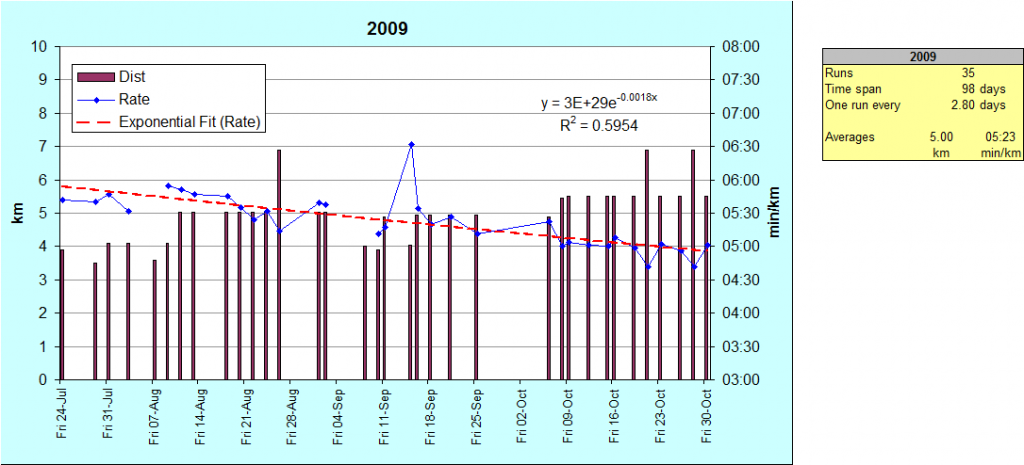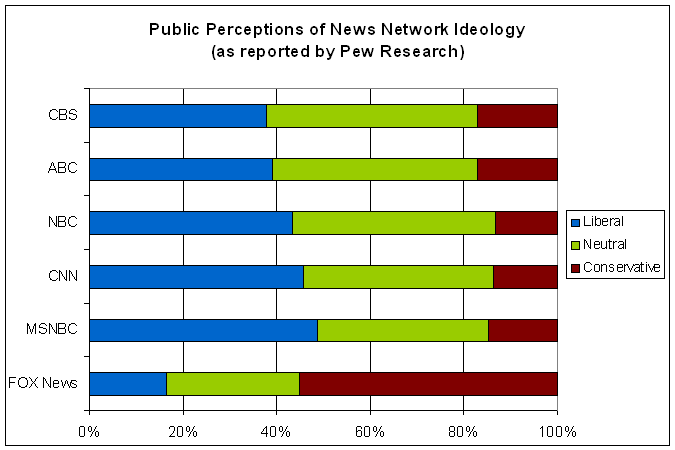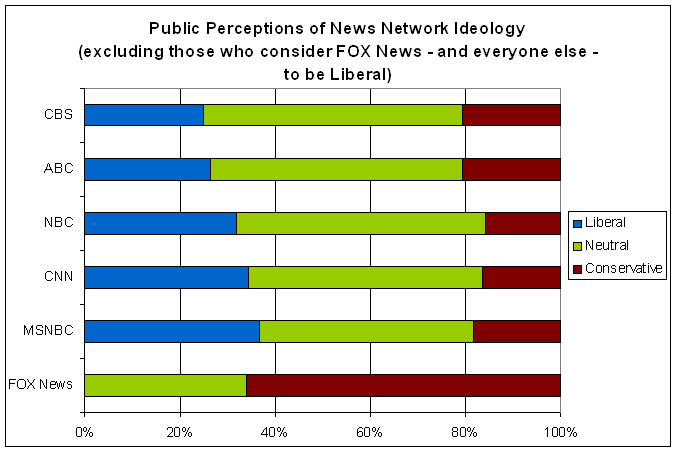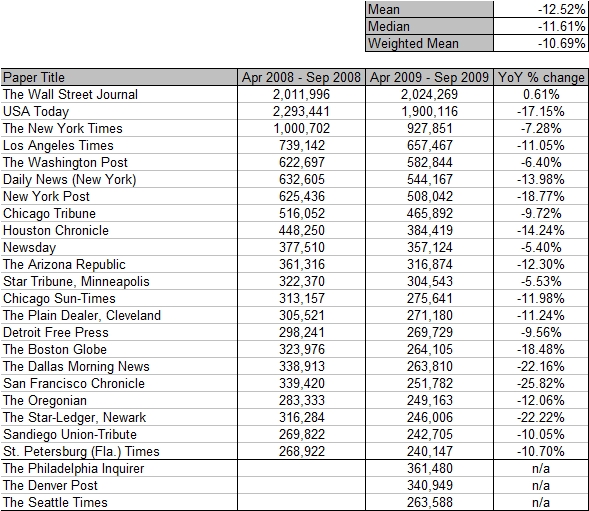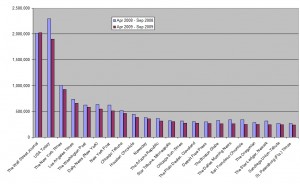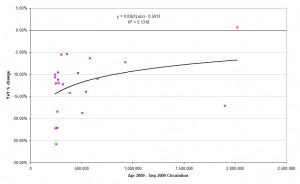Last year I wrote up a derivation of the New Keynesian Phillips Curve using Calvo pricing. At the start of it, I provided the standard pathway from the Dixit-Stiglitz aggregator for consumption to the constant own-price elasticity individual demand function. Let me reproduce it here:
There is a constant and common elasticity of substitution between each good: $$\varepsilon>1$$. We aggregate across the different consumptions goods:
$$!C=\left(\int_{0}^{1}C\left(i\right)^{\frac{\varepsilon-1}{\varepsilon}}di\right)^{\frac{\varepsilon}{\varepsilon-1}}$$
$$P\left(i\right)$$ is the price of good i, so the total expenditure on consumption is $$\int_{0}^{1}P\left(i\right)C\left(i\right)di$$
A representative consumer seeks to minimise their expenditure subject to achieving at least $$C$$ units of aggregate consumption. Using the Lagrange multiplier method:
$$!L=\int_{0}^{1}P\left(i\right)C\left(i\right)di-\lambda\left(\left(\int_{0}^{1}C\left(i\right)^{\frac{\varepsilon-1}{\varepsilon}}di\right)^{\frac{\varepsilon}{\varepsilon-1}}-C\right)$$
The first-order conditions are that, for every intermediate good, the first derivative of $$L$$ with respect to $$C\left(i\right)$$ must equal zero. This implies that:
$$!P\left(i\right)=\lambda C\left(i\right)^{\frac{-1}{\varepsilon}}\left(\int_{0}^{1}C\left(j\right)^{\frac{\varepsilon-1}{\varepsilon}}dj\right)^{\frac{1}{\varepsilon-1}}$$
Substituting back in our definition of aggregate consumption, replacing $$\lambda$$ with $$P$$ (since $$\lambda$$ represents the cost of buying an extra unit of the aggregate good $$C$$) and rearranging, we end up with the demand curve for each intermediate good:
$$!C\left(i\right)=\left(\frac{P\left(i\right)}{P}\right)^{-\varepsilon}C$$
If that Lagrangian looks odd to you, or if you’re asking where the utility function’s gone, you’re not alone. It’s obviously just the dual problems of consumer theory – the fact that it doesn’t matter if you maximise utility subject to a budget constraint or minimise expenditure subject to a minimum level of utility – but what I want to focus on is the resulting interpretation of the lagrangian multipliers.
Let’s rephrase the problem as maximising utility, with utility a generic function of aggregate consumption, $$U\left(C\right)$$. The Lagrangian is then:
$$!L=U\left(\left(\int_{0}^{1}C\left(i\right)^{\frac{\varepsilon-1}{\varepsilon}}di\right)^{\frac{\varepsilon}{\varepsilon-1}}\right)+\mu\left(M-\int_{0}^{1}P\left(i\right)C\left(i\right)di\right)$$
The first-order conditions are:
$$!U’\left(C\right)\left(\int_{0}^{1}C\left(j\right)^{\frac{\varepsilon-1}{\varepsilon}}dj\right)^{\frac{1}{\varepsilon-1}}C\left(i\right)^{\frac{-1}{\varepsilon}}=\mu P\left(i\right)$$
Rearranging and substituting back in the definition for $$C$$ then gives us:
$$!C\left(i\right)=\left(P\left(i\right)\frac{\mu}{U’\left(C\right)}\right)^{-\varepsilon}C$$
In the first approach, $$\lambda$$ represents the cost of buying an extra unit of the aggregate good $$C$$, which is the definition of the aggregate price level. In the second approach, $$\mu$$ represents the cost of buying an extra unit of income, which is not the same thing. Comparing the two results, we can see that:
$$!\lambda=P=\frac{U’\left(C\right)}{\mu}$$
Which should cause you to raise an eyebrow. Why aren’t the two multipliers just the inverses of each other? Aren’t they meant to be? Yes, they are, but only when the two problems are equivalent. These two problems are slightly different.
In the first one, to be equivalent, the term in the lagrangian would need to be $$V – U\left(\left(\int_{0}^{1}C\left(i\right)^{\frac{\varepsilon-1}{\varepsilon}}di\right)^{\frac{\varepsilon}{\varepsilon-1}}\right)$$, which would give us Hicksian demands as a function of utility level ($$V$$). But since we assumed that utility is only a function of aggregate consumption, then in order to pin down a level of utility, it’s sufficient to pin down a level of aggregate consumption; and that is useful to us because a) a level of utility doesn’t mean much to us as macroeconomists but a level of aggregate consumption does and b) it means that we can recognise the lagrange multiplier as the aggregate price level.
Which, when you think about it, makes perfect sense. Extra income must be adjusted by the marginal value of the extra consumption it affords in order to arrive at the price that the (representative) consumer would be willing to pay for that consumption.
In other words: be careful when interpreting your Lagrangian multipliers.
